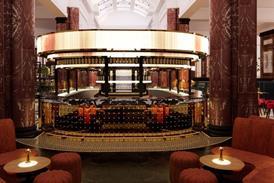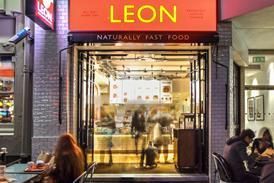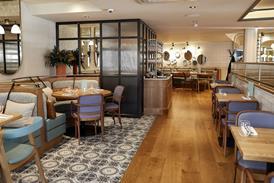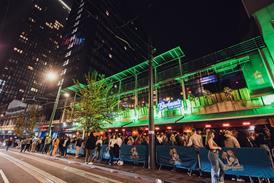Success is history for Dishoom’s cousins

Although raised in England, cousins Shamil and Kavi Thakrar have taken the theme of Iranian immigrants’ cafés in Bombay from almost a century ago to define Dishoom. Mel Flaherty reports
Alternatively SUBSCRIBE for unrestricted access to all content. Contact us for more information



























